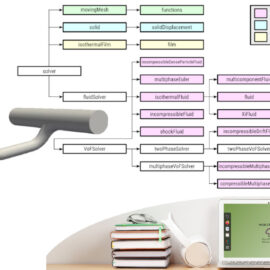In Year 9 of CFD Direct, we built on the success modular solvers and non-conformal coupling in OpenFOAM. We replaced liquid film functionality and improved dynamic mesh, including mesh-to-mesh mapping, decomposition and redistribution, to the point that OpenFOAM can simulate internal combustion engines including piston and value motion. We managed the OpenFOAM Foundation, releasing OpenFOAM v11, packaging OpenFOAM-dev and publishing websites and documentation. We provided training and cloud services to OpenFOAM users, and began creating a new course “Principles of CFD.”
IC Engines in OpenFOAM
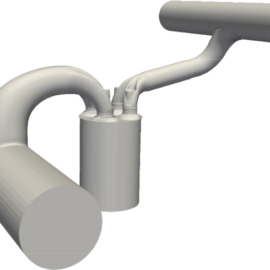
March 2024: CFD Direct is pleased to announce that OpenFOAM can simulate internal combustion (IC) engines including piston and valve motion. The capability was produced in collaboration with Wärtsilä, Finland and partner organisations, starting in October 2021. It is publicly available from The OpenFOAM Foundation in the development line of OpenFOAM (OpenFOAM-dev, packaged here), with example cases in the ICengines repository. Wärtsilä plan to release new features in the ICengines repository in August each year, following each new version release of OpenFOAM in July.
Productive CFD in OpenFOAM 11

In 2016 we published a guide for Productive CFD with OpenFOAM with tools we first released in OpenFOAM v4. The tools included the post-processing CLI and template cases, and applications such as foamDictionary. We extended the article following the release of new tools such as TAB completion in OpenFOAM v5 and again later with the introduction of new tools in subsequent versions of OpenFOAM. This article describe more significant new tools introduced in OpenFOAM version 11, notably foamToC and foamPostProcess, to provide compatibility with its modular solvers, while maintaining backward-compatibility with application solvers.
OpenFOAM User Guide
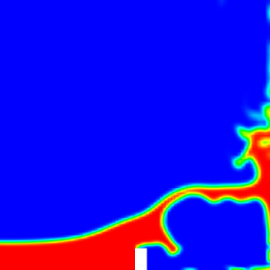
The OpenFOAM User Guide provides an introduction to OpenFOAM, through some basic tutorials, and some details about the general operation of OpenFOAM. OpenFOAM is a collection of approximately 250 applications built upon a collection of over 100 software libraries (modules). Each application performs a specific task, e.g the snappyHexMesh application can generate meshes for complex geometry, such as a vehicle. The simpleFoam application could then be used to simulate steady-state, turbulent, incompressible flow around the vehicle…
Liquid Films in OpenFOAM
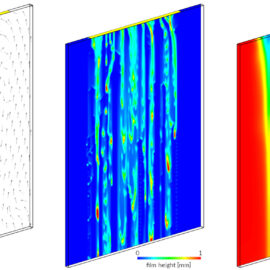
CFD Direct have completely replaced the liquid film functionality in OpenFOAM. The new film functionality conserves mass, unlike its predecessor which was non-conservative and consequently inaccurate and unreliable for many problems. It is implemented with the solver module framework, which enables coupling to other regions with gas flows, multiphase flows, particle clouds, solids etc, including calculations of conjugate heat transfer (CHT). As such, it is consistent with the rest of OpenFOAM so can use all the existing sub-modelling, e.g. thermodynamics, transport, etc. The new implementation contains 50% of the code lines of the original one, despite being more functional. It is therefore cheaper and easier to maintain, while being more extensible and robust.
CFD Direct Year 8: 2022-2023
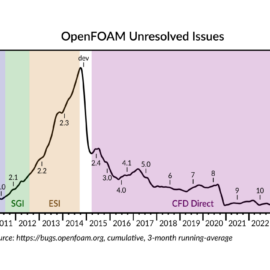
In Year 8 of CFD Direct, we made some very significant developments to OpenFOAM, including non-conformal coupling, modular solvers and redesign of the dynamic mesh functionality. We managed the OpenFOAM Foundation, releasing OpenFOAM v10, packaging OpenFOAM-dev and publishing websites and documentation. We provided 63 days of OpenFOAM Training to users around the world, supported by the release of our book, “Notes on Computational Fluid Dynamics: General Principles”. We released Web CFD Direct From the Cloud (CFDDFC®), providing OpenFOAM which can be accessed from a remote desktop running in a web browser.

